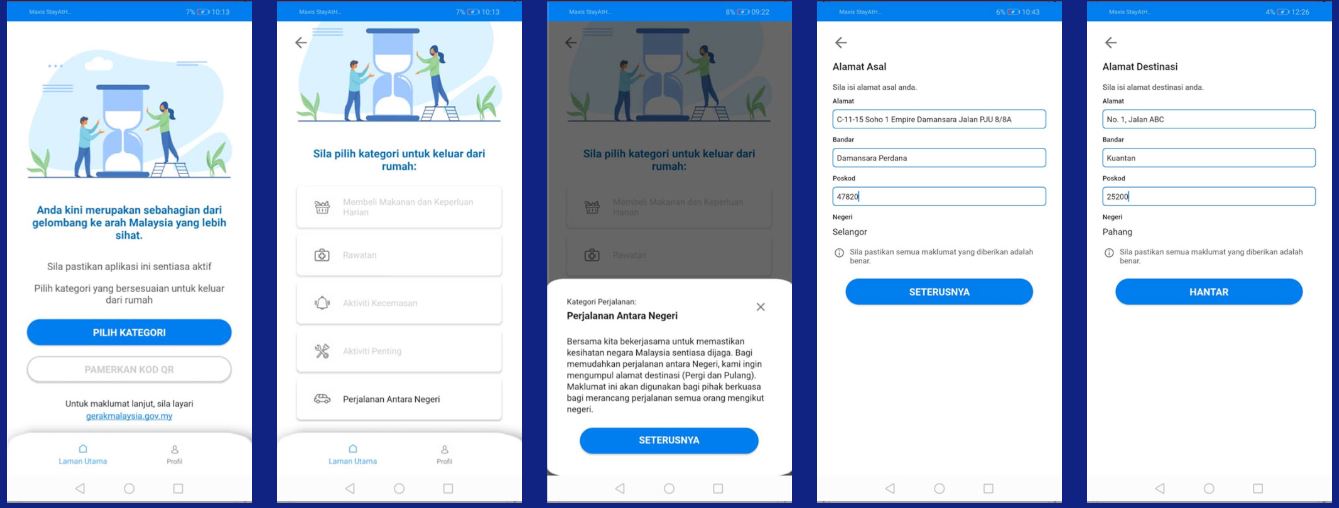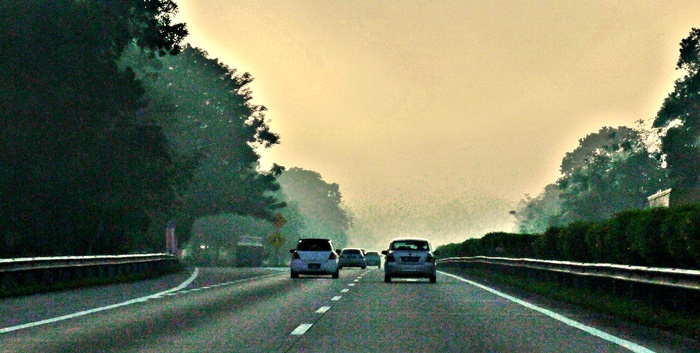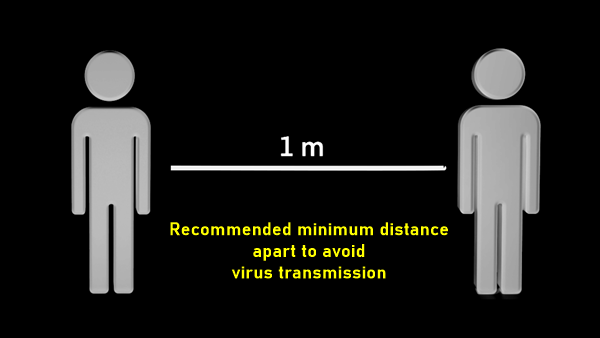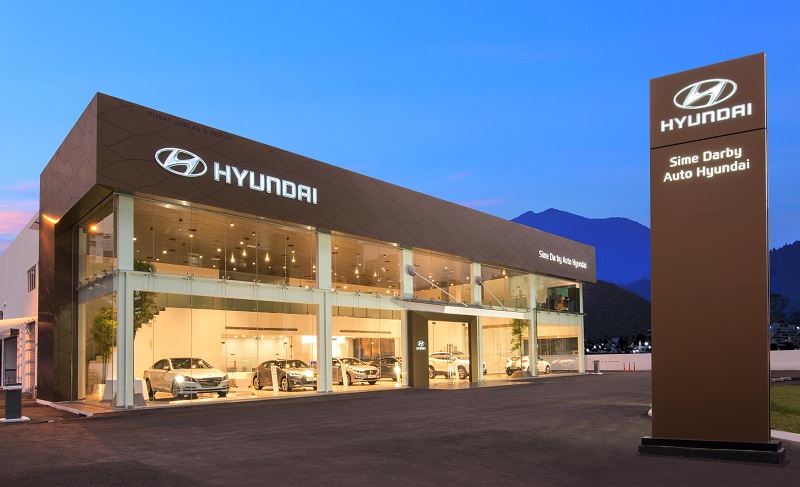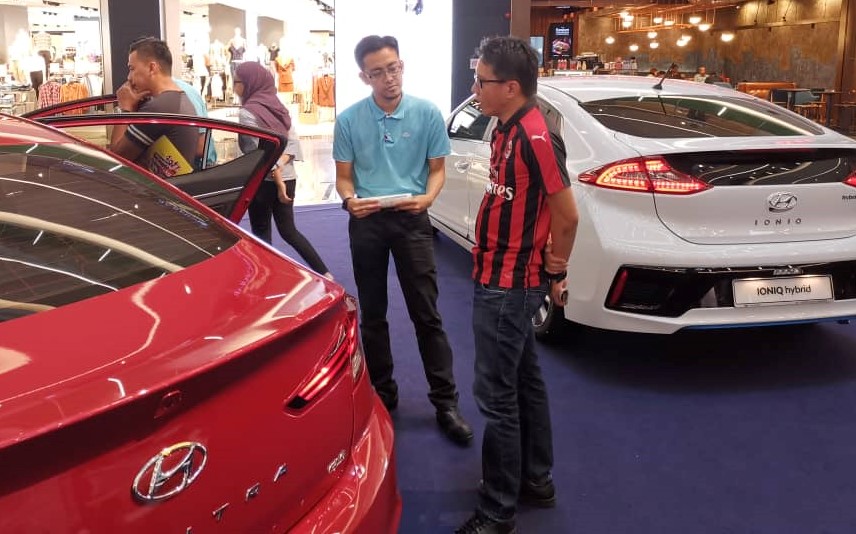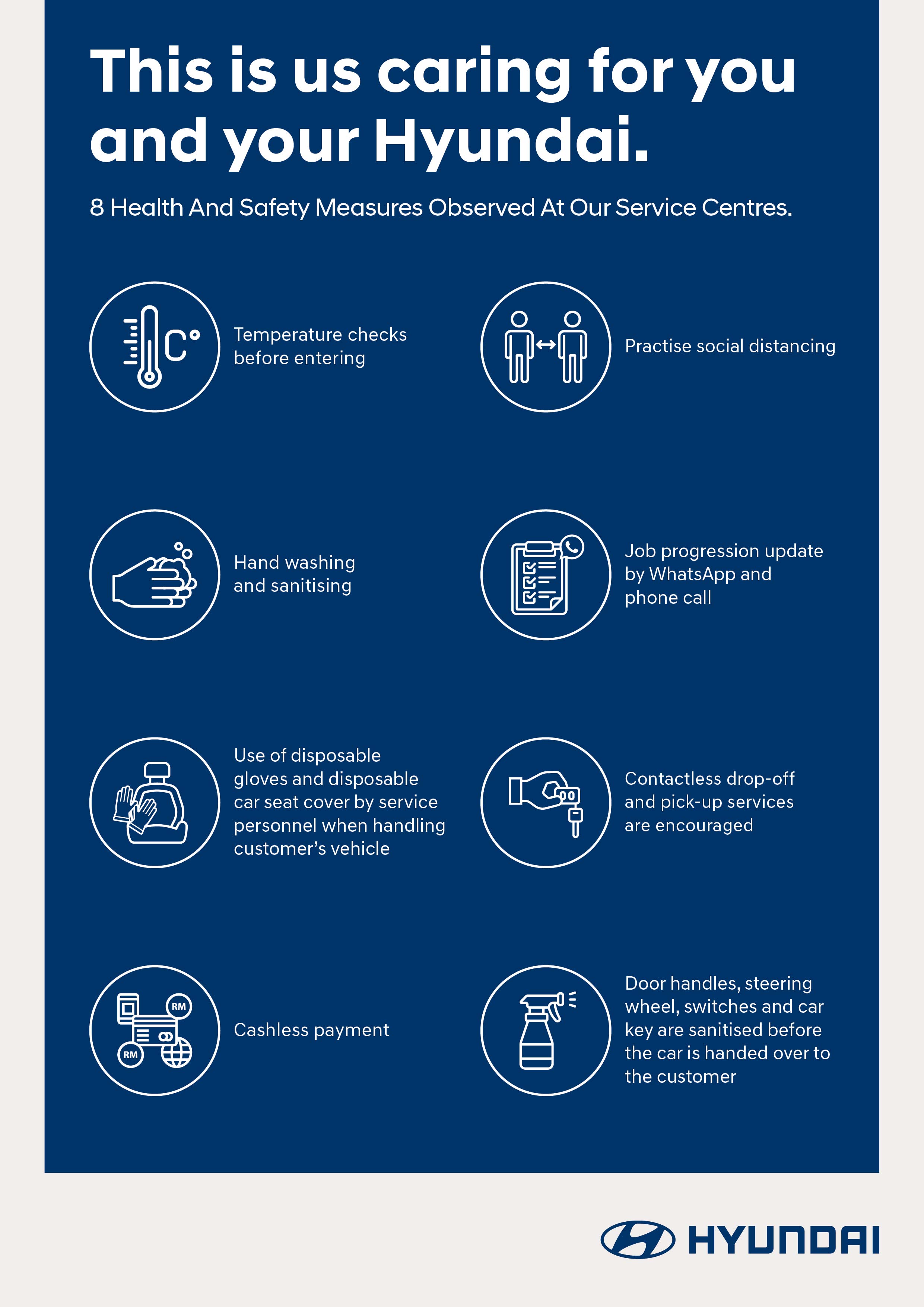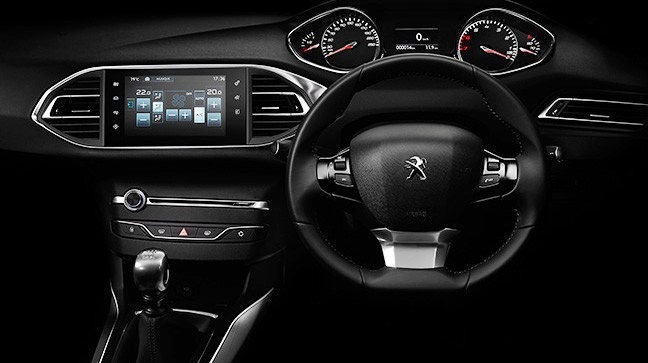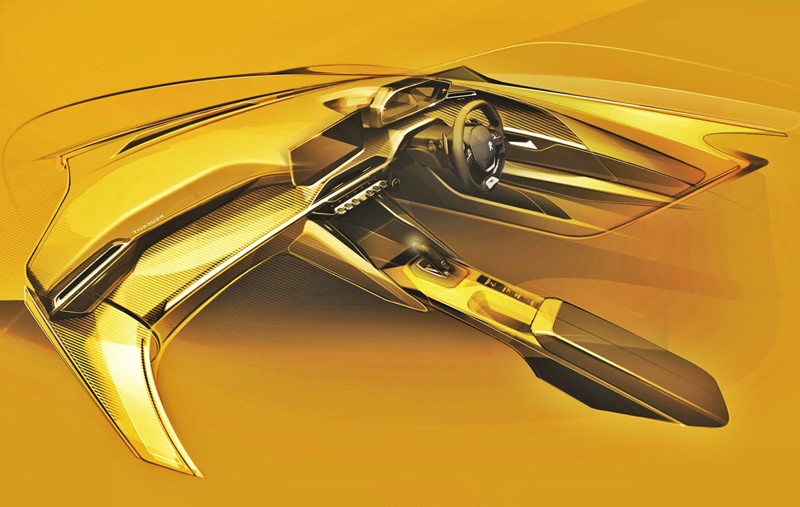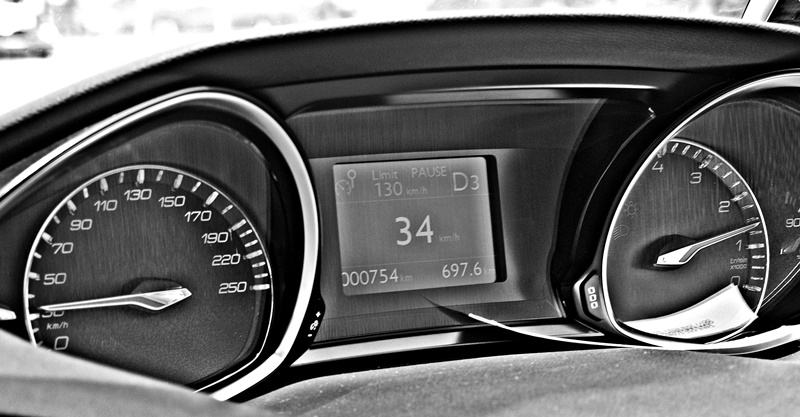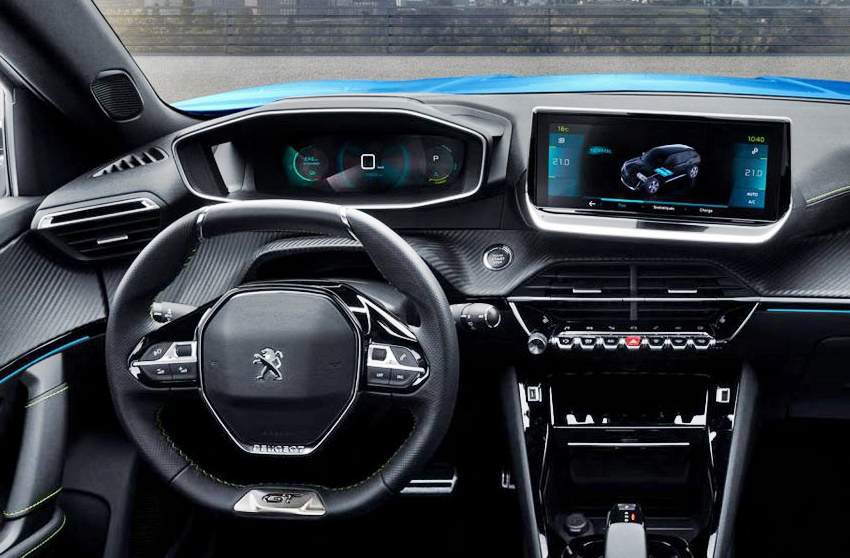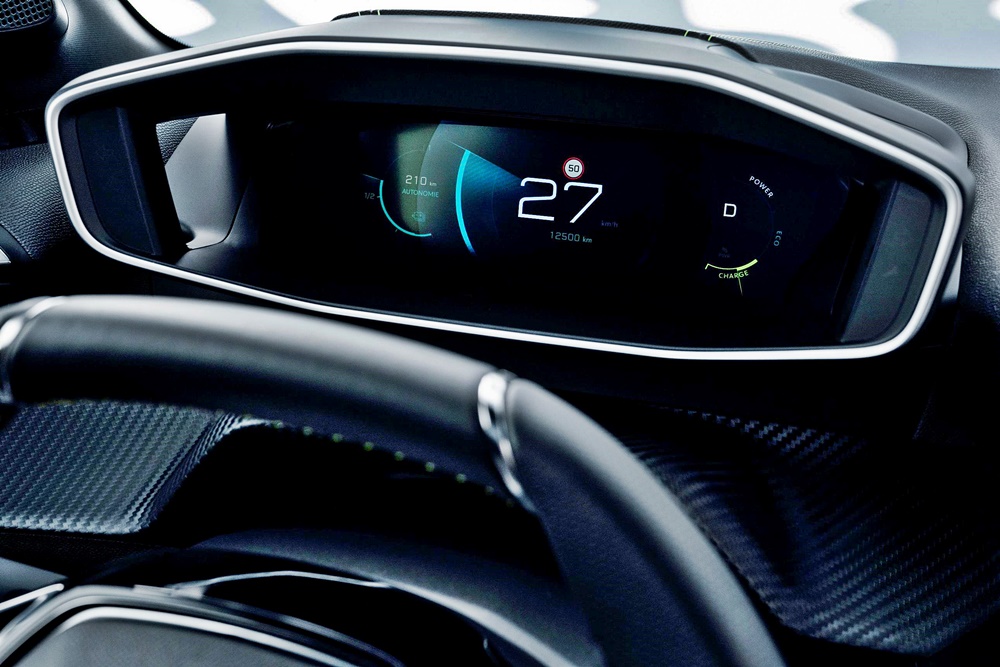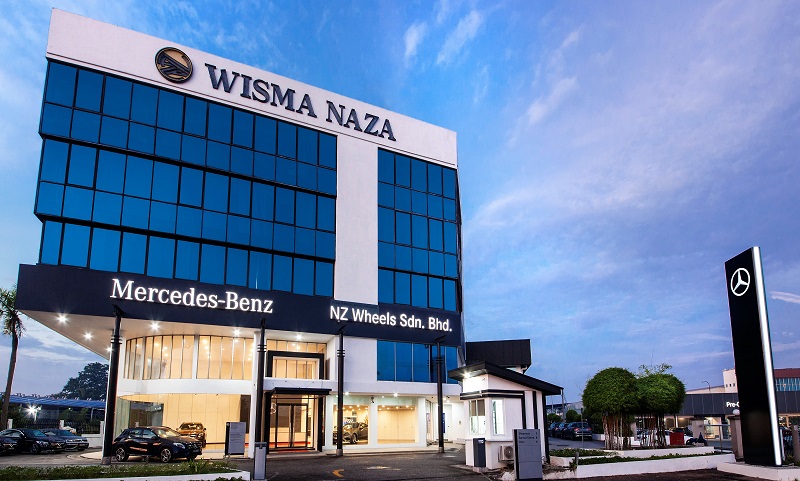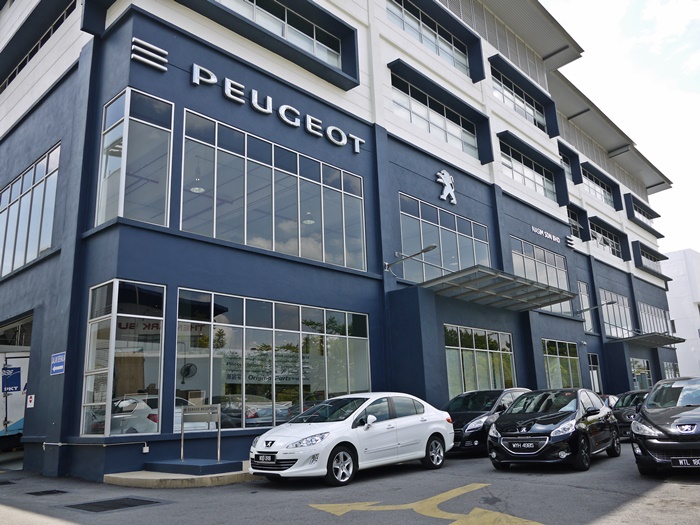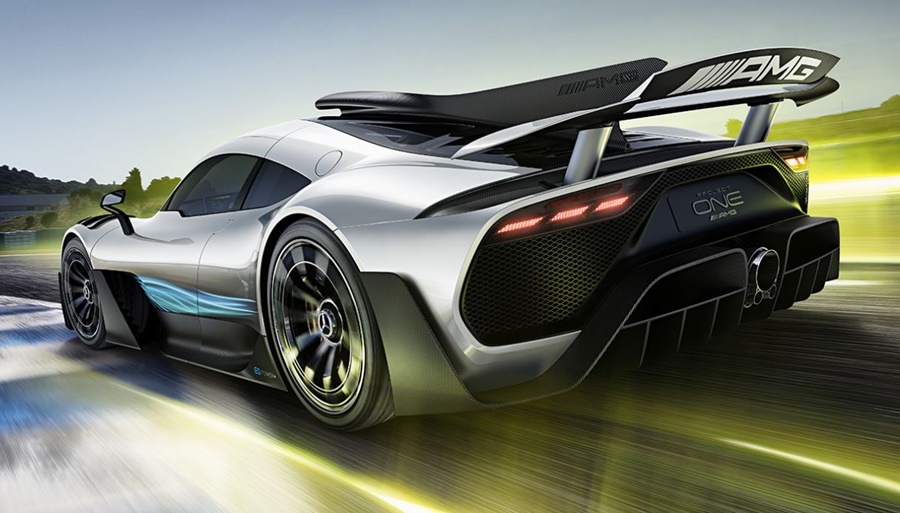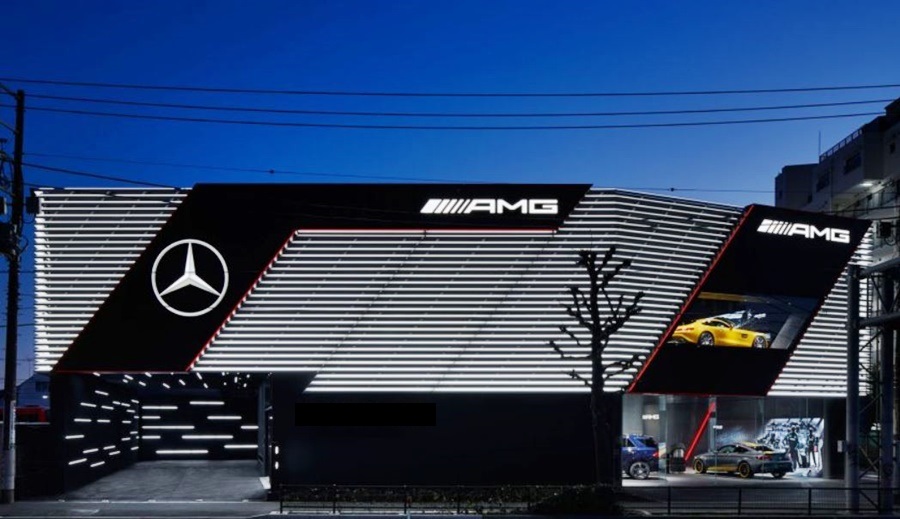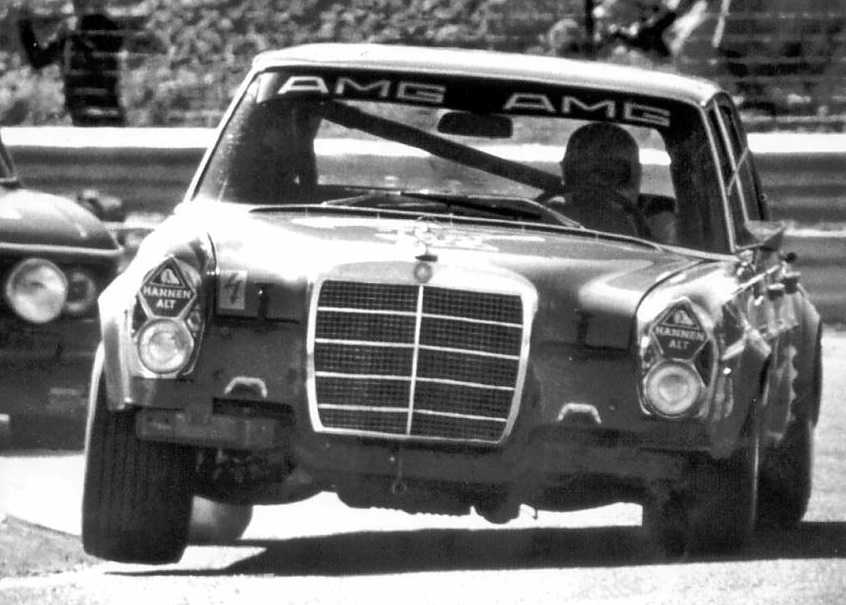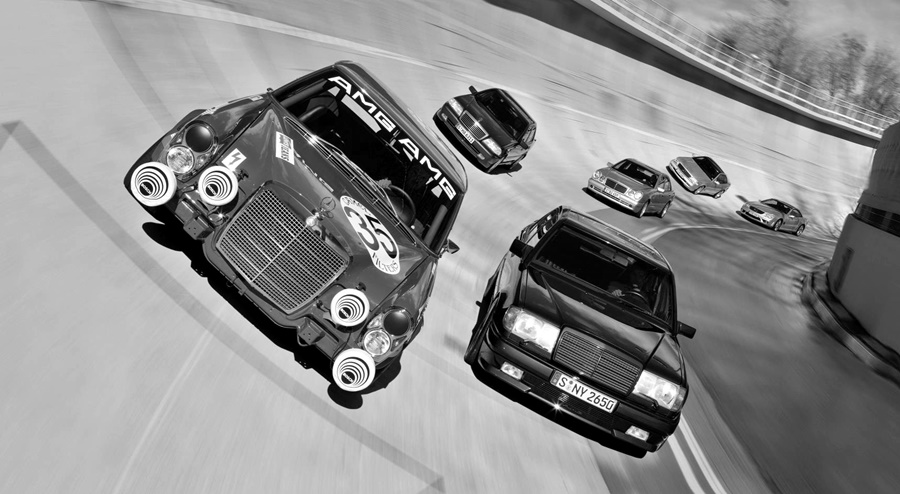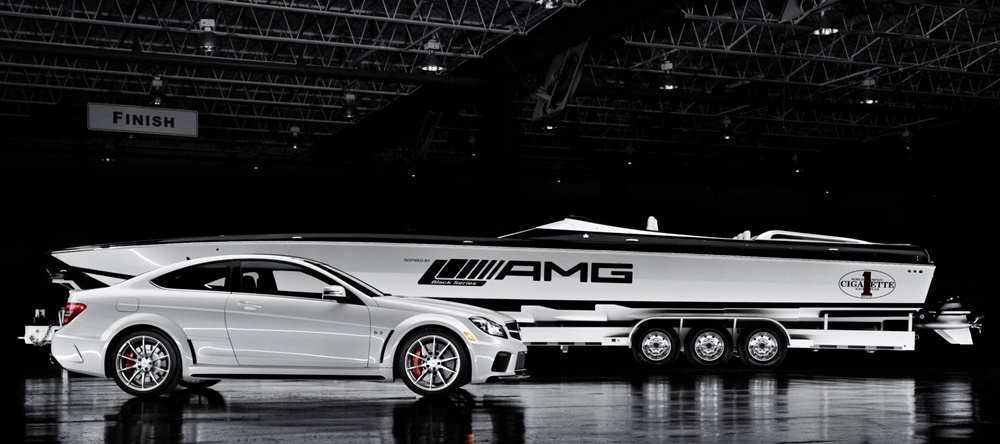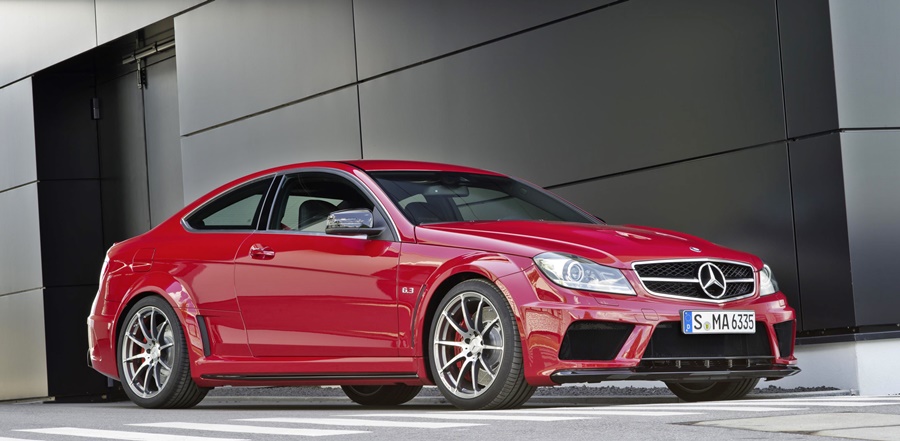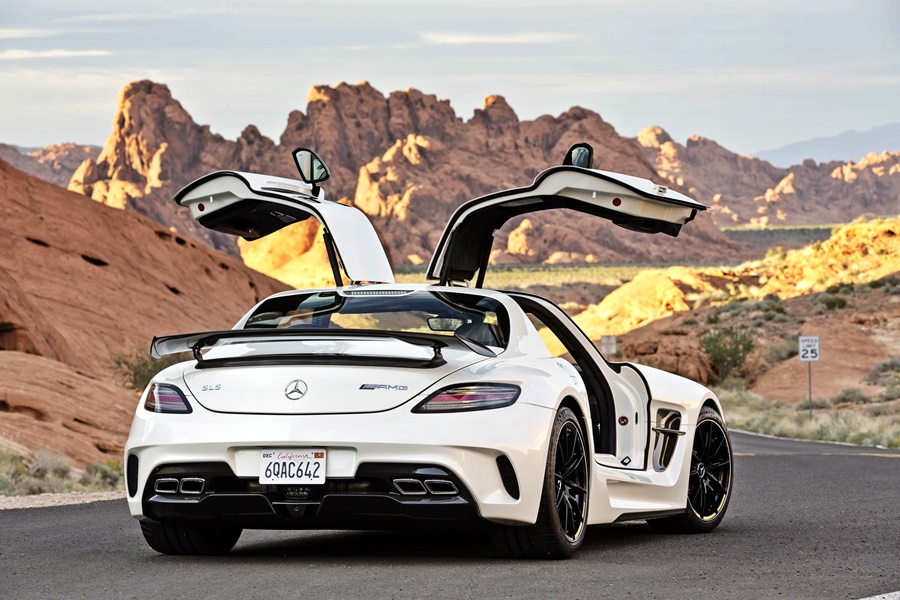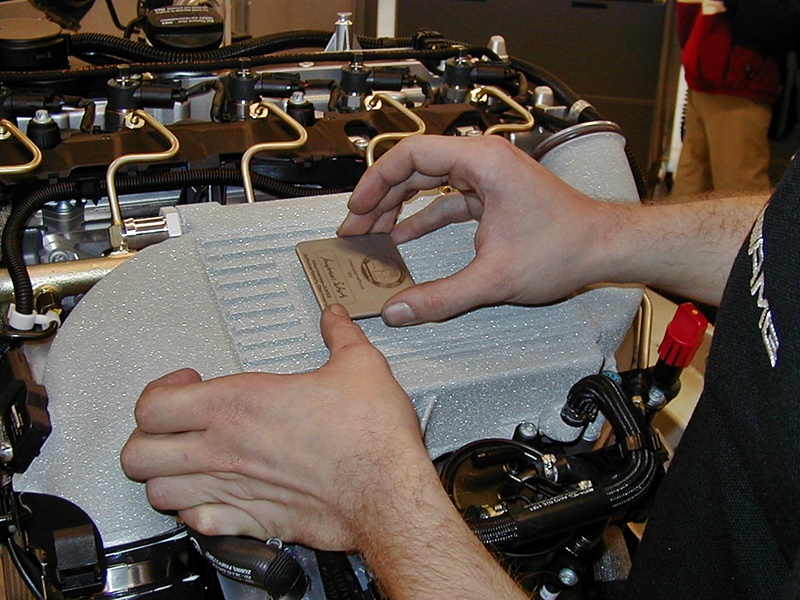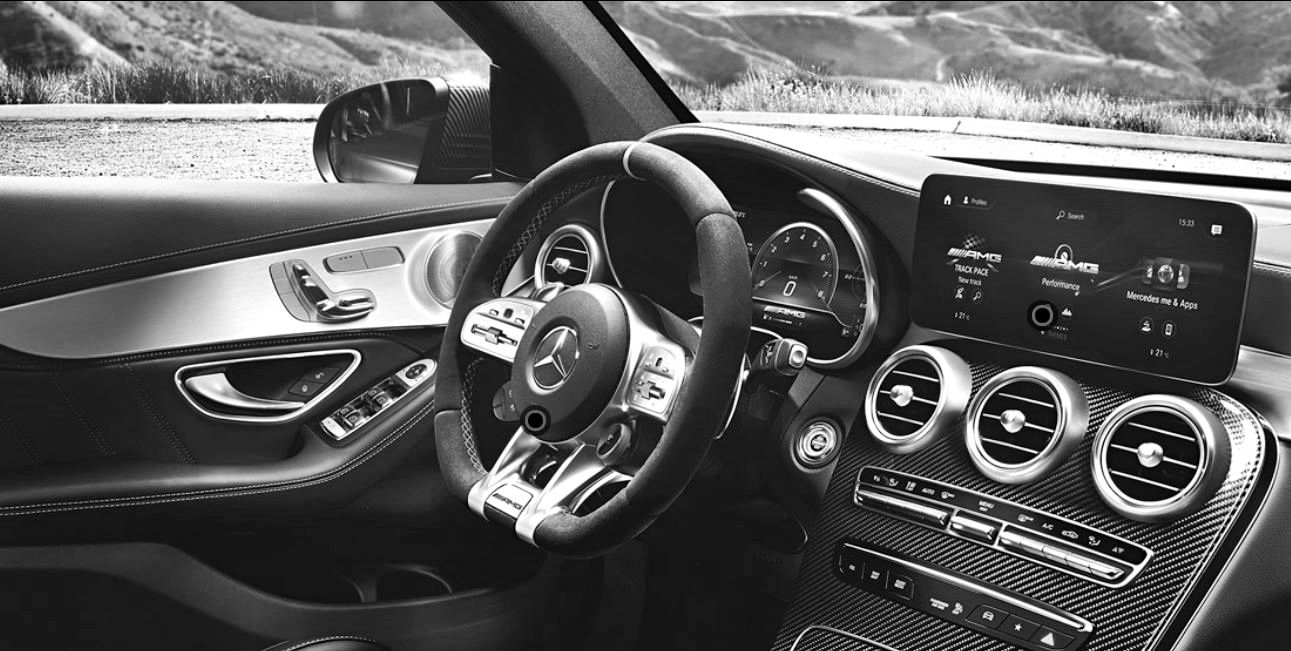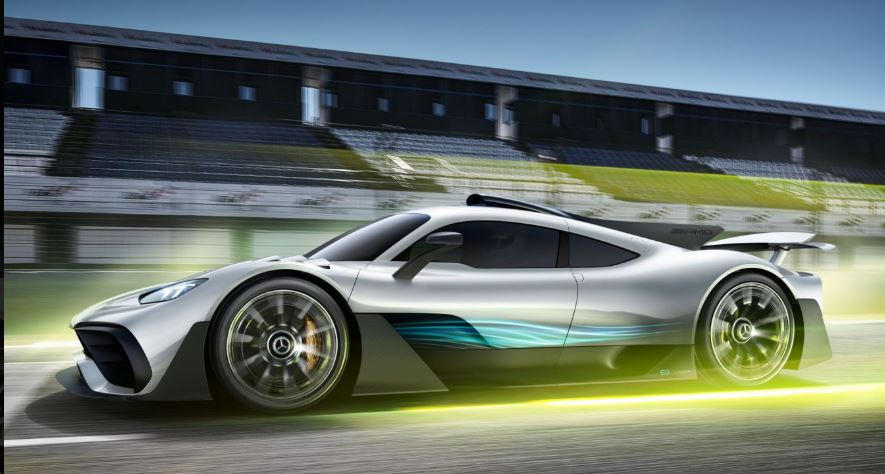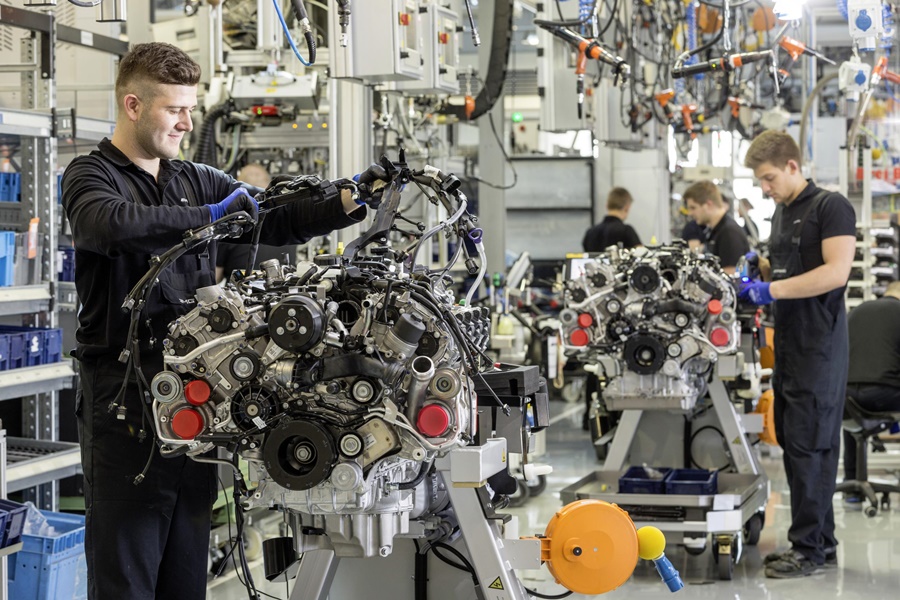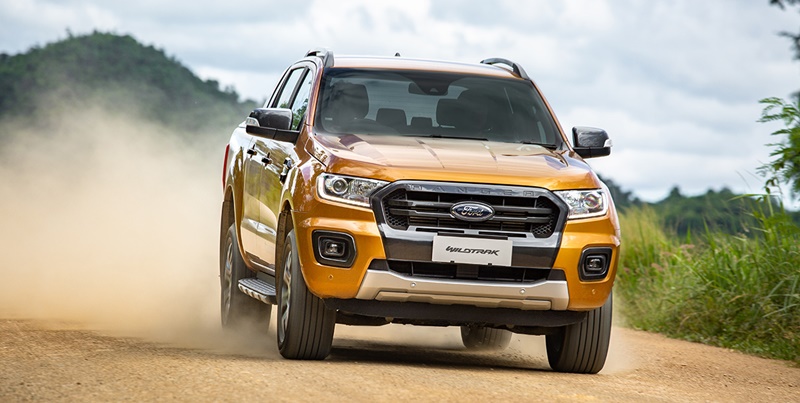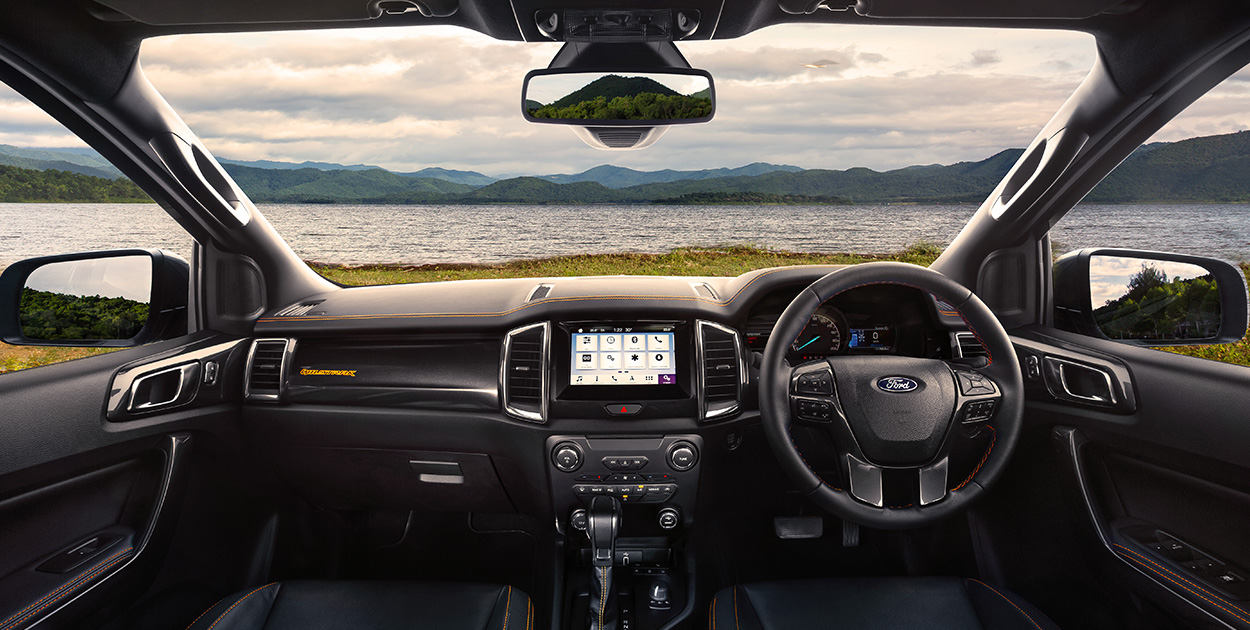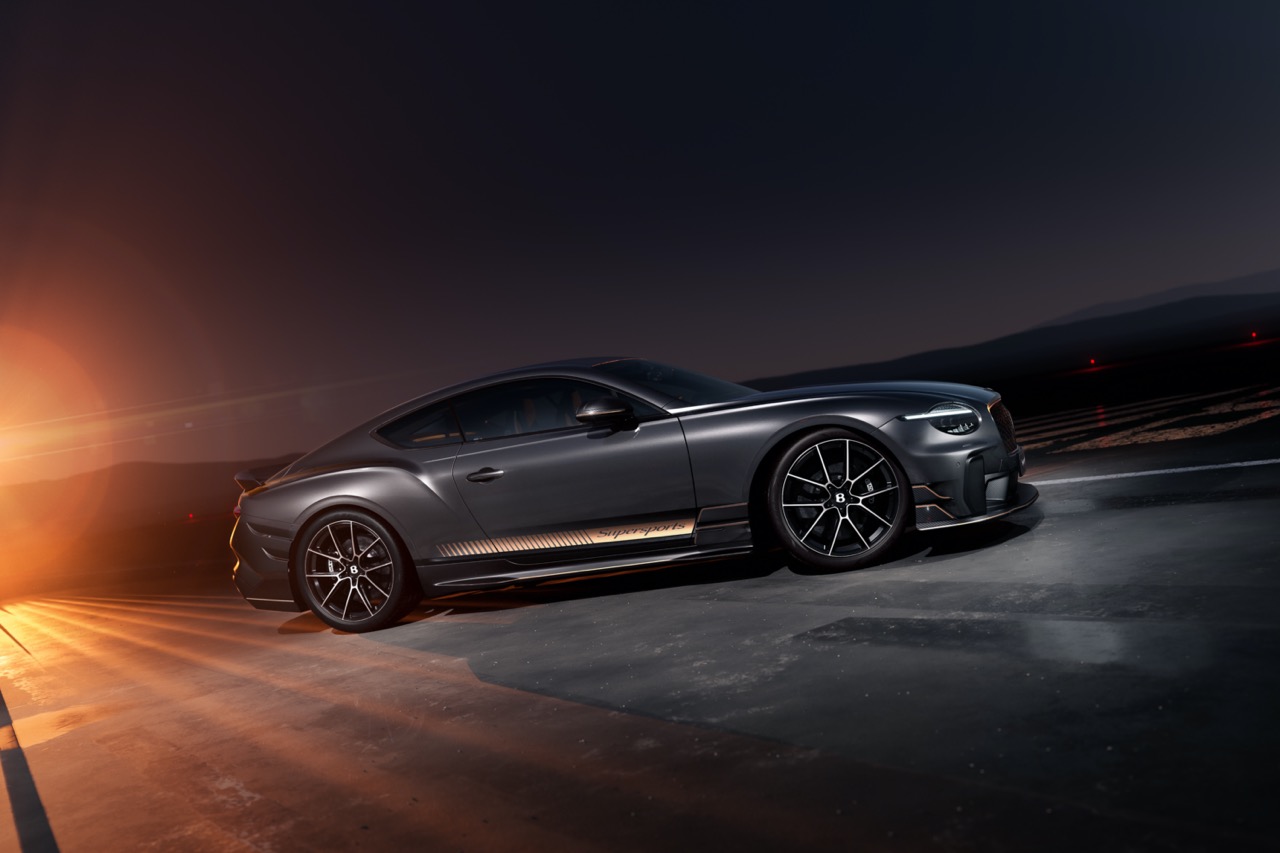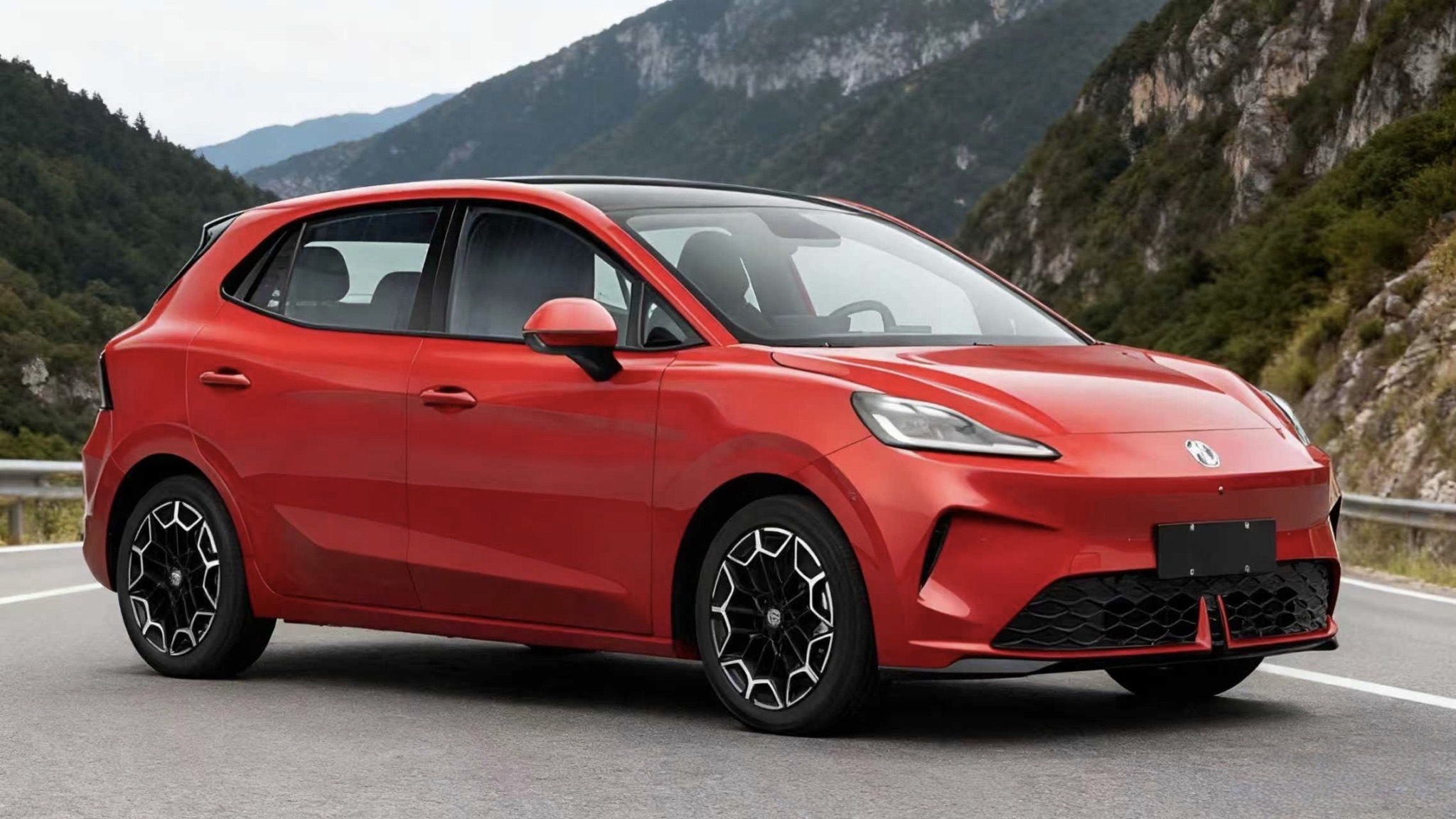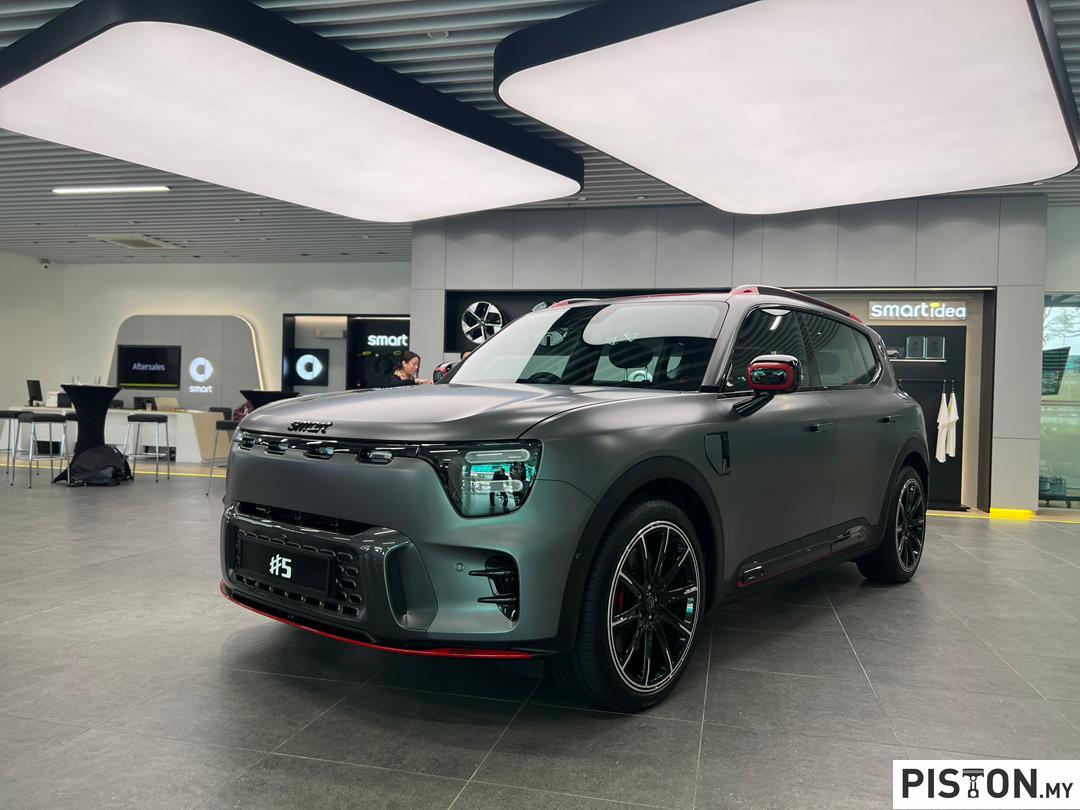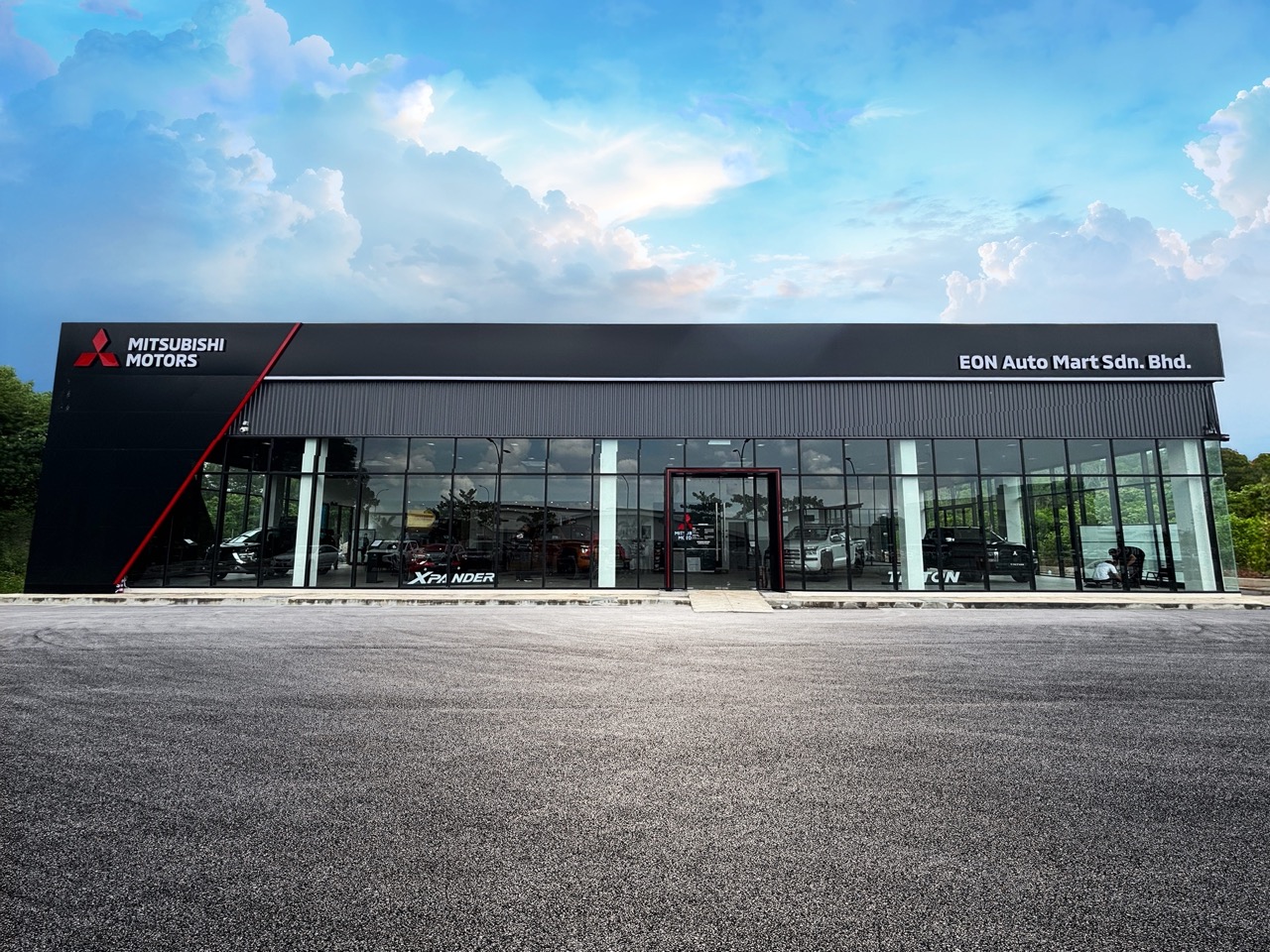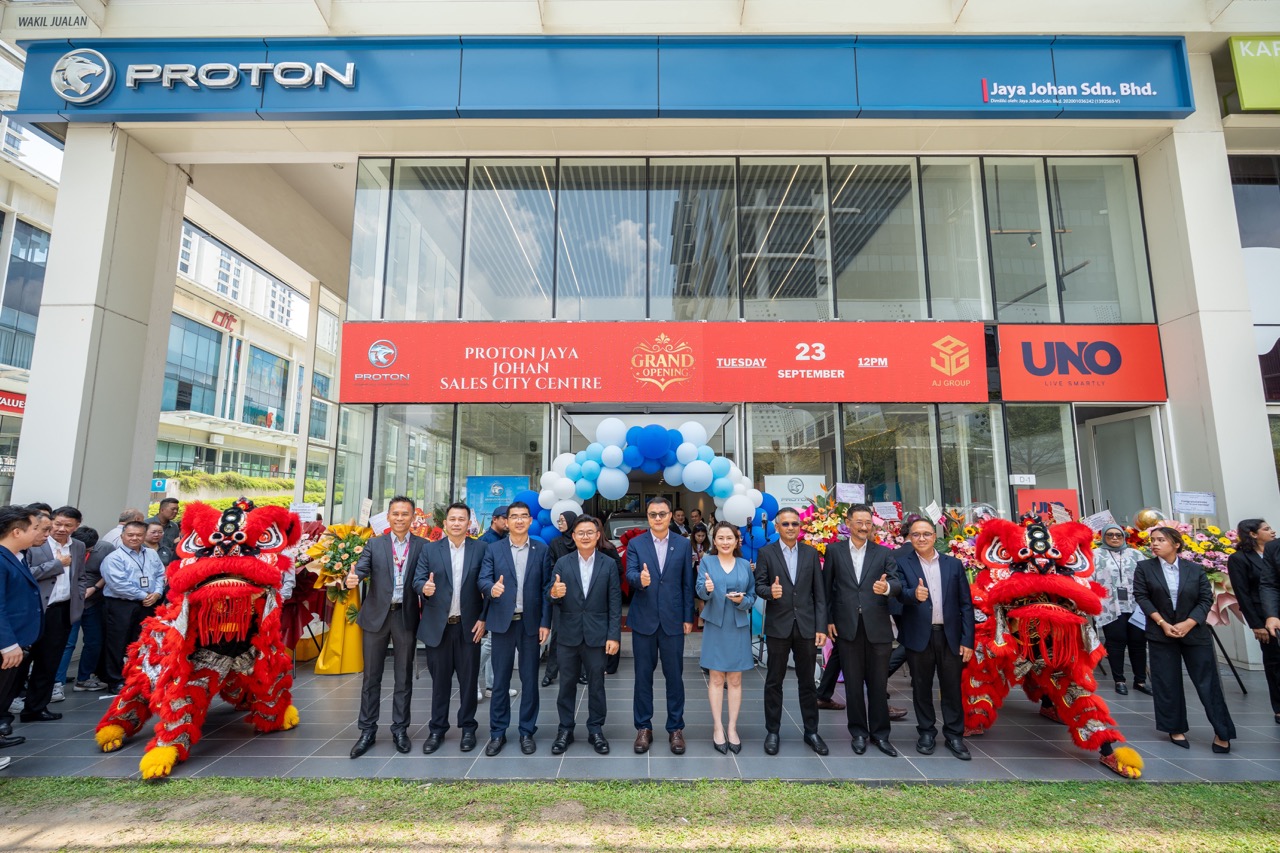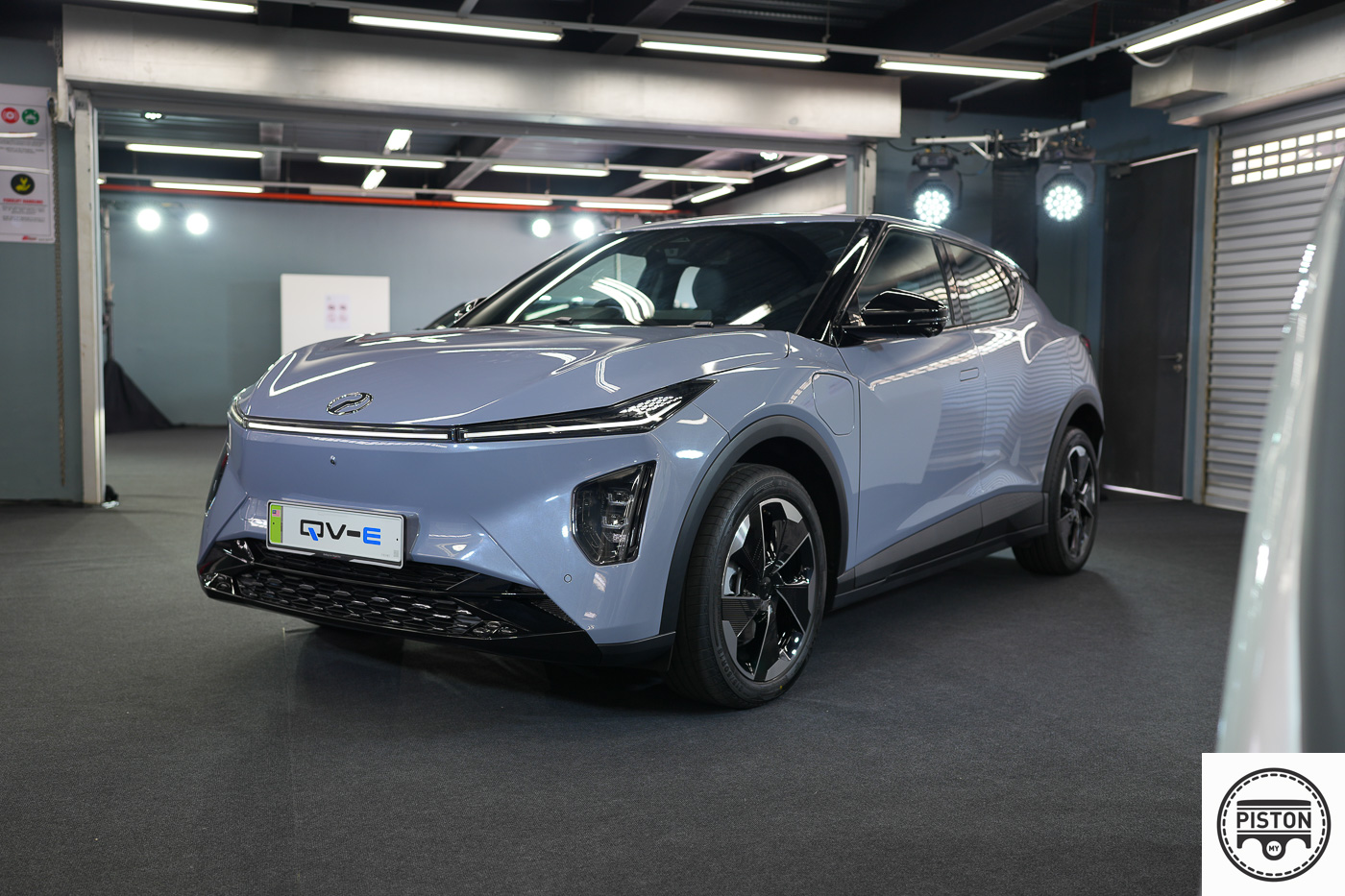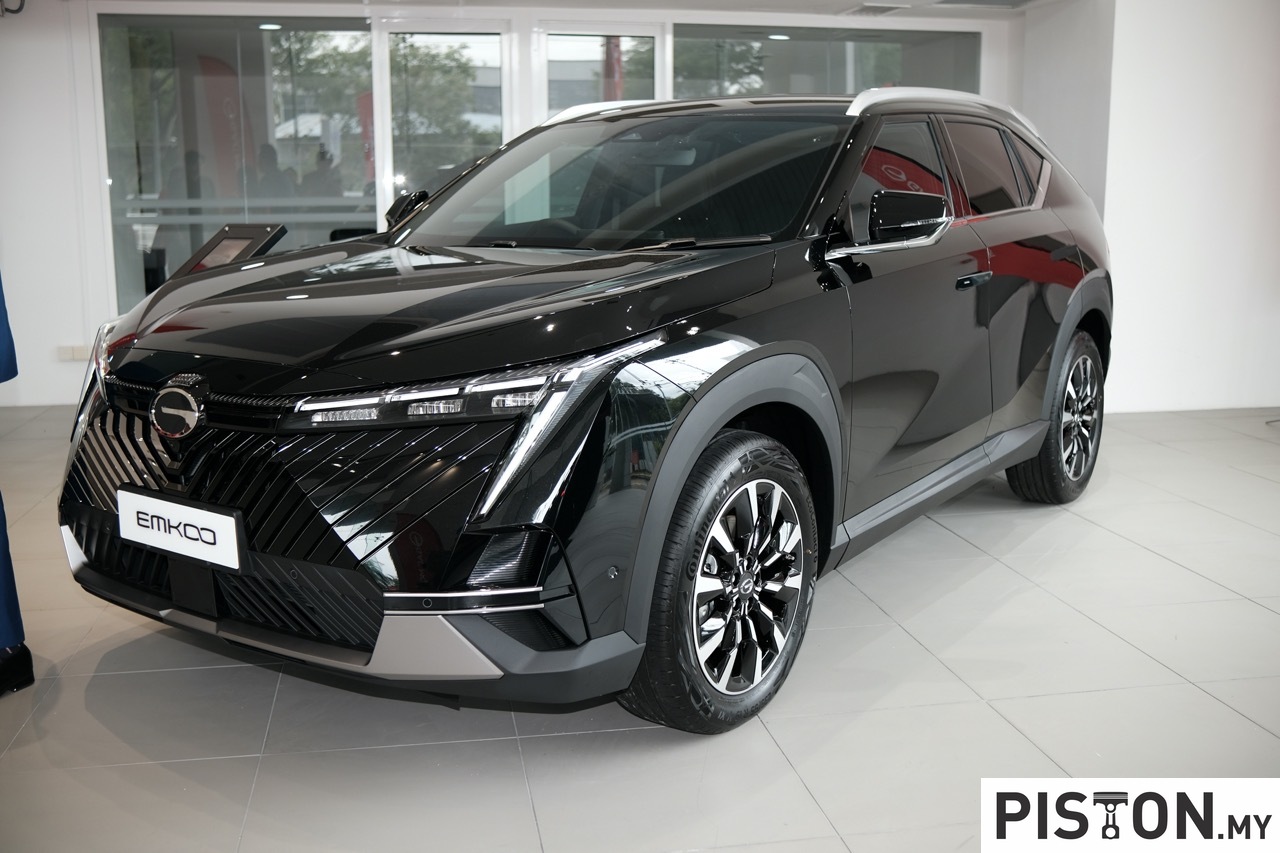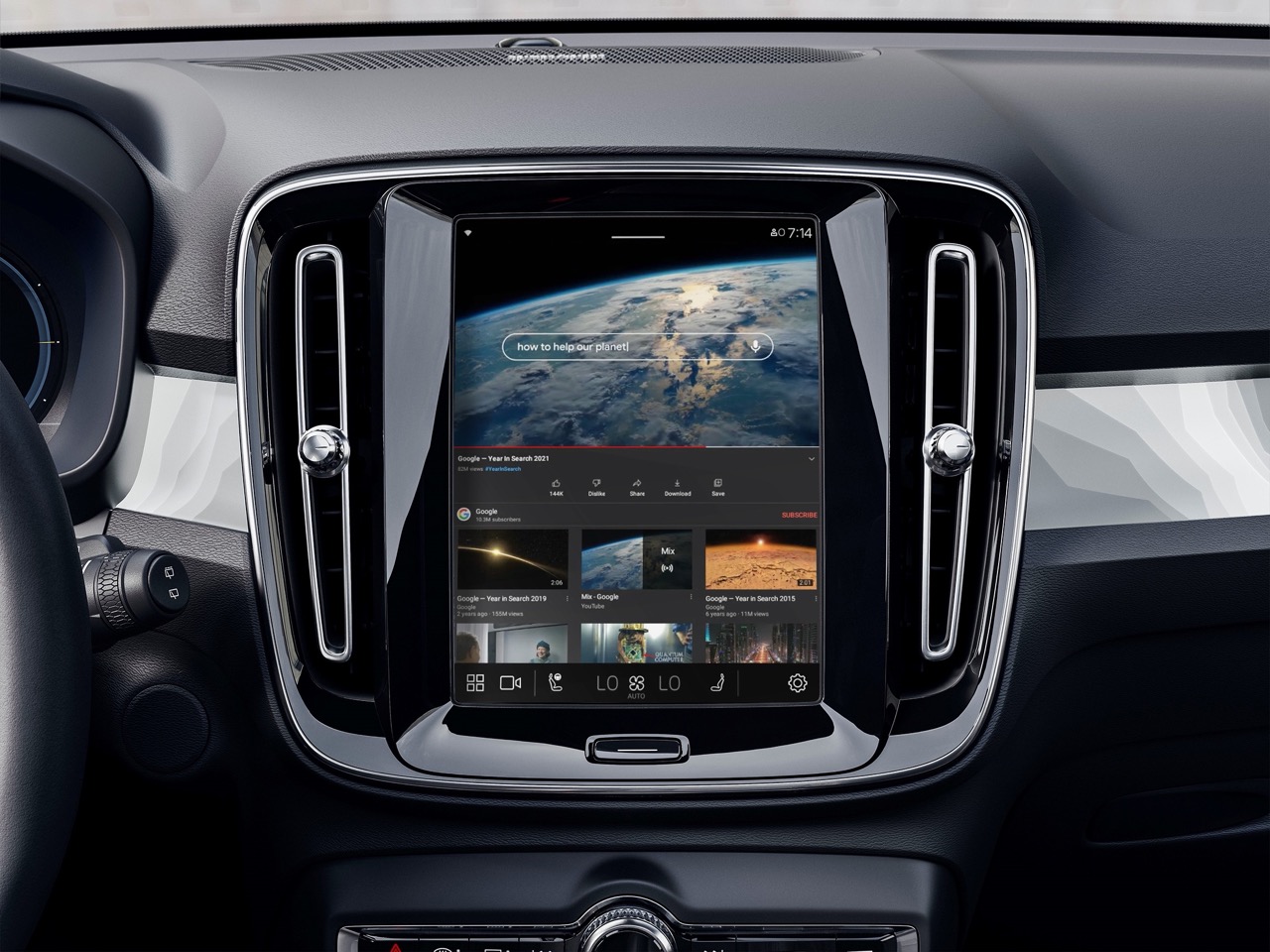Tomorrow will see the beginning of the special exercise to permit people who have been stuck in other places to return to their homes in the cities. It’s a 4-day exercise with specific days for travelers from different states. It is only for those who want to return to their homes, and not for enjoying a long drive because interstate travel is still officially forbidden under the Movement Control Order (MCO).
To ensure people do not abuse the allowance to travel, there will be roadblocks along the highways and checks will be made on motorists. Although the police had earlier said that there is no need to wait for an approval message after submitting their application via the Gerak Malaysia mobile app, they now say that a QR code wil be sent after submission of particulars through the app. This QR code can then be quickly scanned at roadblocks to verify the person’s details.
The police also say that the mobile app must be updated to a new version. This means that information, especially the town origin and destination, must be entered again. After this is done, the QR code will be sent which signifies approval for travel. So be sure to do this tonight.
For those who have no smartphone access, they can get a document from a police station to verify their travel plans, and this can be shown at roadblocks.
Click here to go to the Gerak Malaysia page
Click here to download the Gerak Malaysia apps
Click here for FAQs on interstate travel (BM only)
While the exercise is for those wishing to return home, we understand that there are also provisions for 2-way trips. These are cases where, for example, a parent may have to go to another town to fetch children from grandparents’ homes to bring them back. All family members aged 16 years and older must submit their details separately via the app.
The schedule of travel for the 4 days starting from May 7 as follow:
May 7 (Thursday): travel permitted from Kuala Lumpur to other states.
May 8 (Friday): travel permitted from the states of Perak, Johor and Kelantan.
May 9 (Saturday): travel permitted from Perlis, Kedah, Penang, Melaka and Pahang.
May 10 (Sunday): travel permitted from Selangor, Negeri Sembilan and Terengganu.
Remember that the R&R facilities are closed, except for the toilets, so bring along essentials. Nevertheless, you can still pick up stuff at petrol stations and reload your toll card if necessary. Should you stop along the way, be sure to observe social distancing and not gather in groups, which is not allowed during the MCO.
We wish everyone making the journeys a safe trip.



